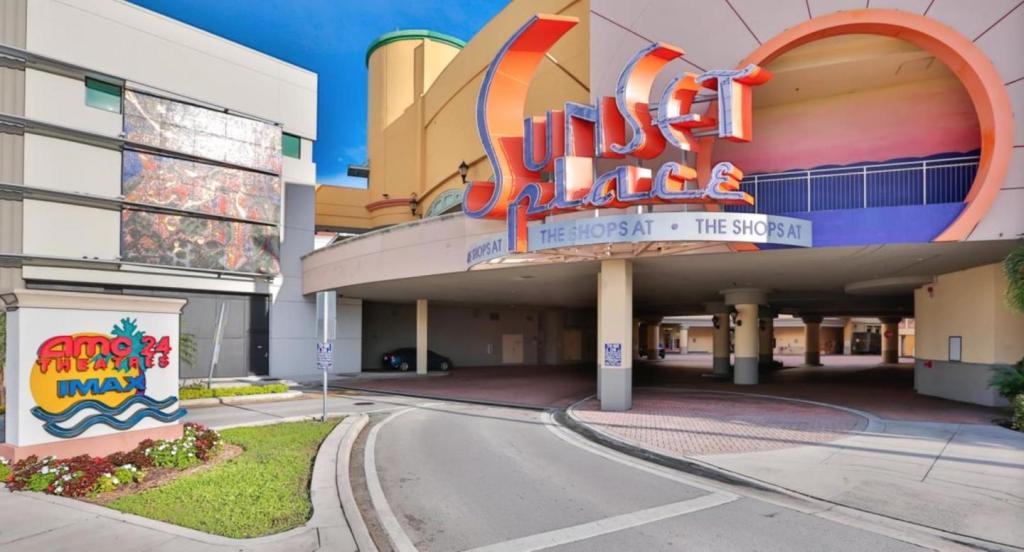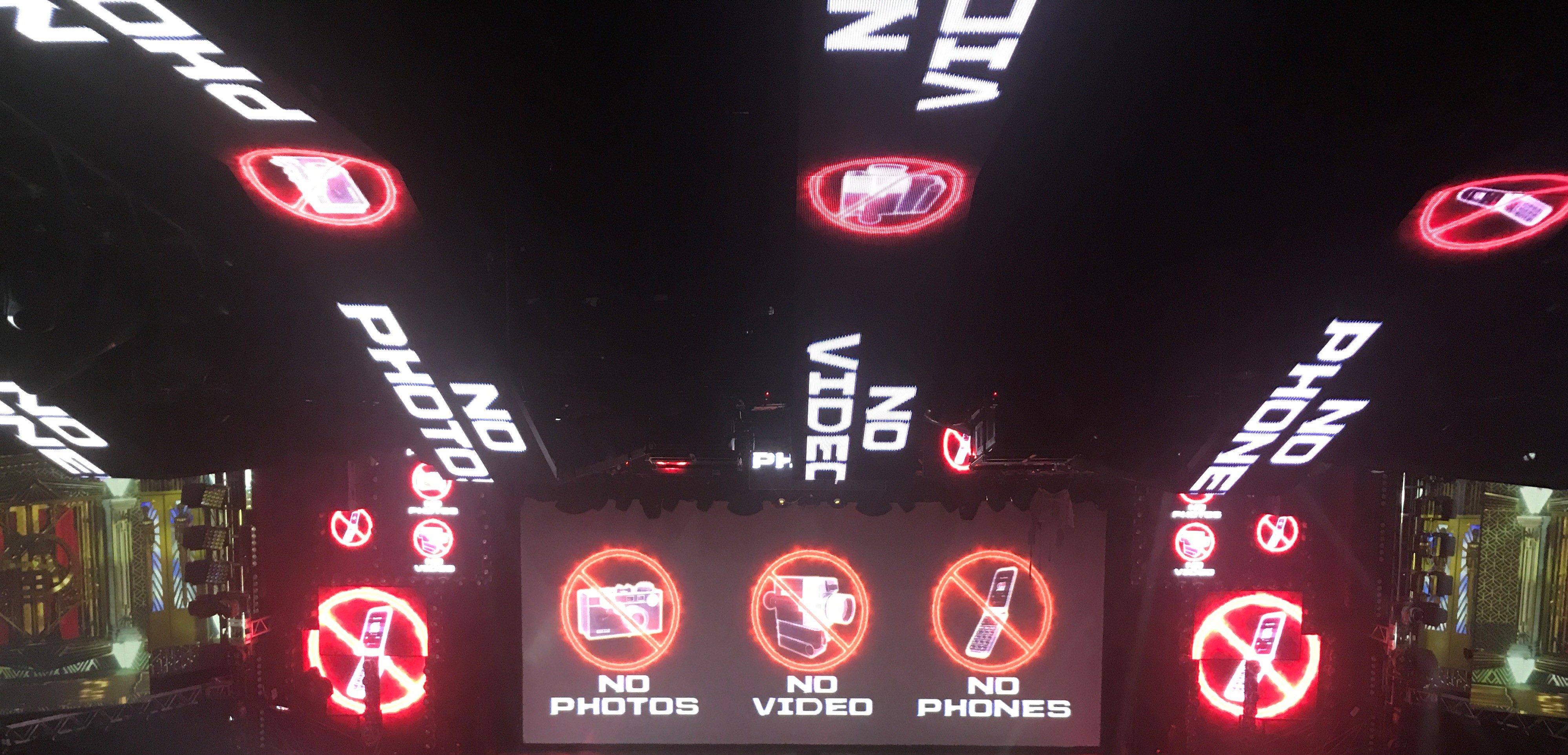
I write professionally about the themed entertainment design industry – the people that create theme parks, museum exhibits, and Olympic ceremonies, among other things.
In light of the recent racial tension in the United States, a discussion has begun over a racial divide within the industry. But I’m not going to talk about that, as it’s emblematic of a larger issue that has persevered within the attractions and theme park industry as a whole. This year marks the 20th anniversary of Terry Prather becoming the first African American General Manager/Park President of a major US theme park (Jazzland). It also marks the conclusion of Lonnie Bunch III’s first year as Secretary of the Smithsonian Institution, the first time in its 173 year history that an African American has held the position. It’s commendable that people of color have made these achievements. It’s a crime that it’s taken so long. And unlike with whites, they bear not only the rewards of their own trials and tribulations, but the weight of hundreds before them that were denied such opportunities simply because they were black.
When looking at the country’s major theme park operators, Disney Parks, Experiences, and Consumer Products and NBCUniversal both have a handful of people of color within their C-level corporate leadership. But when we look at the same corporate tier for Six Flags, Cedar Fair, and SeaWorld, we find a common trait – everyone’s white.
I won’t say this is directly because of racism. Everyone in these positions is top at their game and I truly believe in hiring and promotion based on skill, expertise, and merit, not race. But there are hundreds of potential candidates who never made it that far because somewhere along the line institutional racism ensured they would miss out on key opportunities.
I grew up in a predominantly white middle class suburb of San Diego. I did not understand the concept of white on black racism until the seventh grade. Up until that point, my concept of the black experience was:
- They were brought here as slaves, which was horrible
- Lincoln freed them at the end of the Civil War, but they still were considered second class citizens
- Until the 1960s, when Martin Luther King Jr did some marches and speeches which influenced LBJ to end segregation
I kid you not, that’s pretty much what I knew as a 7th grade white suburbanite.
I remember it was a Monday. We were on the field at school and I was trying my best to act out a skit from that weekend’s episode of Saturday Night Live that featured the episode’s host, Richard Pryor. That’s when I was shoved to the ground from behind by someone who had up to that point been one of my best friends. He also happened to be the only black kid at my school. “YOU CAN’T SAY THAT!” he screamed at me. “YOU HAVE NO RIGHT TO SAY THAT!”
After explaining to my parents what had happened and in return getting a lesson on the history of the word I had used, I set myself on a mission to understand more about the black experience in America. Over the next few decades, I read books. I visited museums and historic sites. I talked with my parents’ and grandparents’, and later my own, African American friends and colleagues, listening to their lives stories. Later in life, I would spend fifteen years working in three Southern states, where the attitudes were very different than what I grew up with. No matter how much I read, or chatted, how much I learned, I could appreciate, but never fully comprehend the black experience. I’m white, not black. And although I’m Jewish and have experienced antisemitism, that’s something quite different. I will forever be a spectator in the stands, not a racer on the track.
Over my half century of life, I’ve noticed four kinds of white behavior that foster institutional racism.
- Intentional racism – whites who grew up in a climate fostering racism where they believe and follow the creed, such as the “very nice people” who marched through Charlottesville with torches chanting “Jews will not rule us” (turns out they’re not the kind of people I want to rule).
- Unintentional racism – whites who grew up in a climate fostering racism who maintain racist tendencies but don’t identify as racist. My mother, who grew up in rural Texas, is an unintentional racist. We have dents on our foreheads from all the facepalms we have made in public.
- Unobservant racism – racism happens around us all the time, but we are taught not to identify racism for what it is.
- White guilt – the concept that whites must offer their services to improve the positions of blacks in some sort of penance for institutional racism. Things become even more complicated when efforts truly come from the heart but are blamed by whites and/or blacks as being caused by white guilt. White guilt, then, is not a cause to fight institutional racism, but a tool OF institutional racism.
Let me tell you about a boy. I’ve only told this to a few people over the past twenty years, but between white guilt and frustration over what I’ve seen around the country and my community, I think its time to share.
At the turn of the Millennium, I lived in a luxury high rise on the edge of downtown Miami. Across the freeway from me was Overtown. It was originally called Colored Town, and was established by the founders of Miami as the city’s black neighborhood, a place to house all the blacks who had worked on building the railroad and hotels up and down the coast.
In the 1950s and 1960s, it was a happening place, home of some of the country’s top dance and jazz clubs. Black musicians performing in Miami Beach would end their sets by telling the crowd they were headed “over town” to perform the rest of the night, and the neighborhood got its new name – Overtown.
By the time I was living in Miami, Overtown had been in a decades-long decline. Crime and drug use were rampant. We would sit on our balcony every night, watching the cruise ships turning around on one side and someone running from the cops through the streets of Overtown on the other.
At the time, I was the Operations Manager at the IMAX theater at the Shops at Sunset Place, a luxury shopping center in South Miami. Across the street from my building was the Overtown station for the Metrorail (though technically not in Overtown itself), and I would ride the train down to work each day.
I wasn’t the only one. Once or twice a month, a gang of about a dozen tween kids would jump the turnstiles at Overtown and head down to Sunset Place, where they’d swarm around and shoplift whatever they could.
Every time, they would come into my theater and steal one or two of our 3D headsets, big bulky electronic things that cost over $100 each and didn’t work unless you were inside an IMAX theater.
On one trip to work, I looked over and there was a kid wearing one of these headsets. He was reaching into the air as if he was seeing the world around him in 3D for the first time. Then he got frustrated, took it off, looked at me, and said “It doesn’t work.”
So I got up and sat next to him. I showed him my business card with the IMAX logo and showed him how it matched the logo on the headset. He thought I was going to report him to the cops. But instead we talked.
His name was Jerome and he was twelve. He wanted to be a doctor or an artist. He told me that he didn’t steal the helmet, that his brother gave it to him (I don’t know if this is true or not). I asked him if he had ever seen an IMAX movie. He had not.
So I made him a deal.
“If you leave your headset with me, not only will I make sure it’s got fresh batteries, but I’ll keep it here in my office. It’ll be your headset to use.”
I offered him free a movie every week – him and a friend, and he took me up on it. Since this was back in the day when we ran IMAX films for at least three months each, I treated him and his girlfriend to the AMC theater on the other side of the mall – popcorn and drinks included – when there wasn’t something new at my theater. Then we’d sit down for lunch and talk about art or science for an hour.
All this time, not a single shoplifter entered the theater. I didn’t ask him to talk to anyone and I didn’t need to. I was being nice to a kid that society said I shouldn’t be nice to. And I was on the cool list.
This happened every Saturday for four months, ending when he was shot and killed by a cop for jumping the gate at a Metrorail station.
I never knew where he lived, his phone number, or his relatives. This will be my memorial for a kid who could have had a life he lived only in his dreams.

Joe thank you so much for that story. The sad thing is that the ending did not surprise me. I have been blessed as an African American Male. I was taught the IMAX craft by an Asian American. We never saw each other in a racial or cultural perspective, we were just trying to be good at what we do. I remember as the Theatre Director at Moody Gardens in Galveston, TX having a black employee tell me that I made the black staff at the establishment proud with the job I did. I thanked him and asked him why? He said they had never seen a black man hold such a high position.
LikeLike